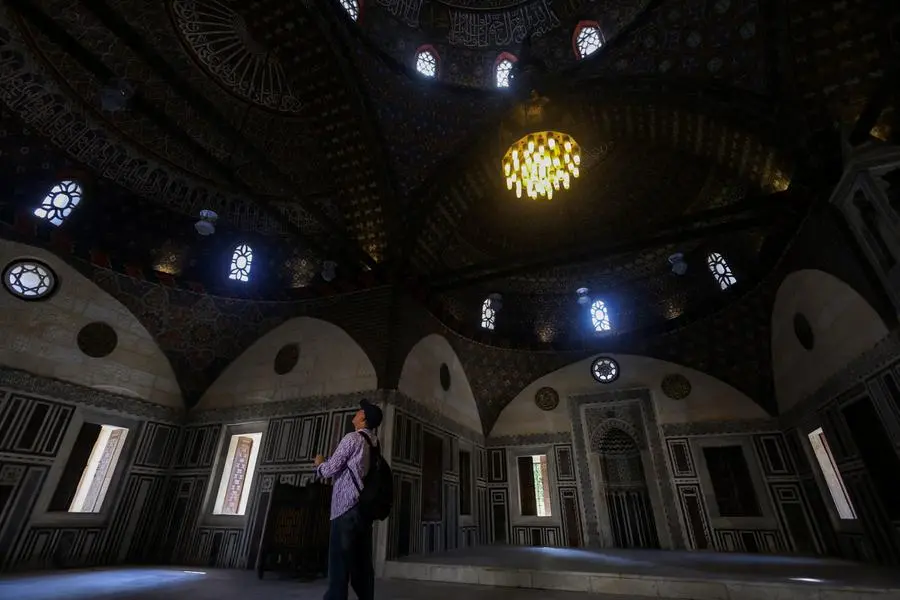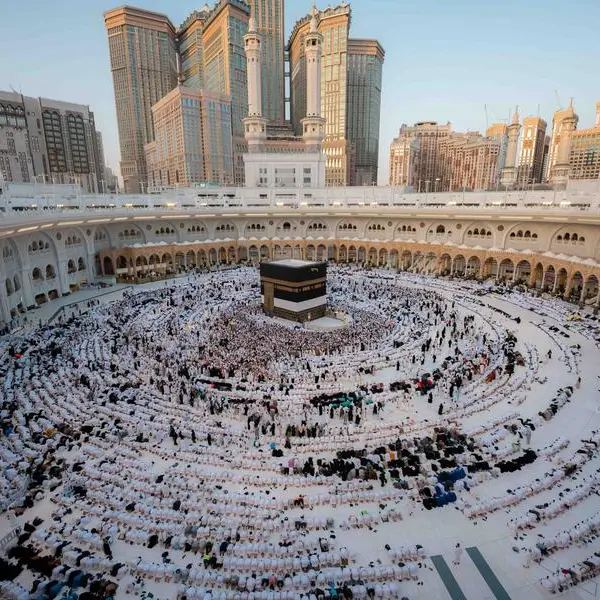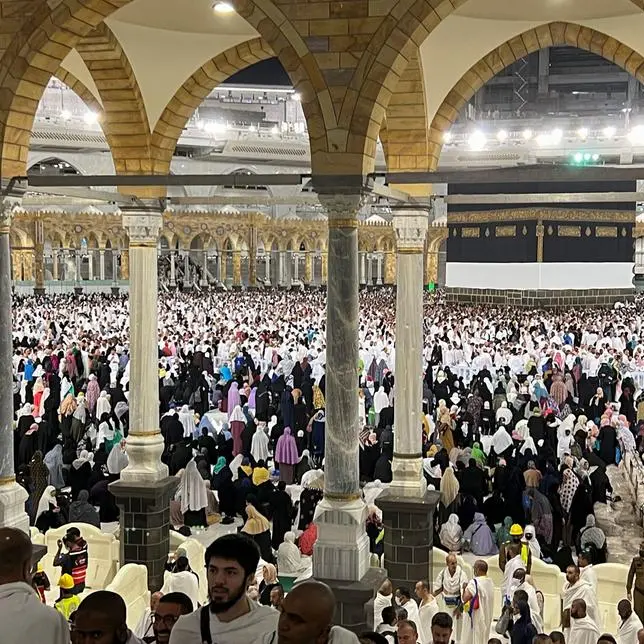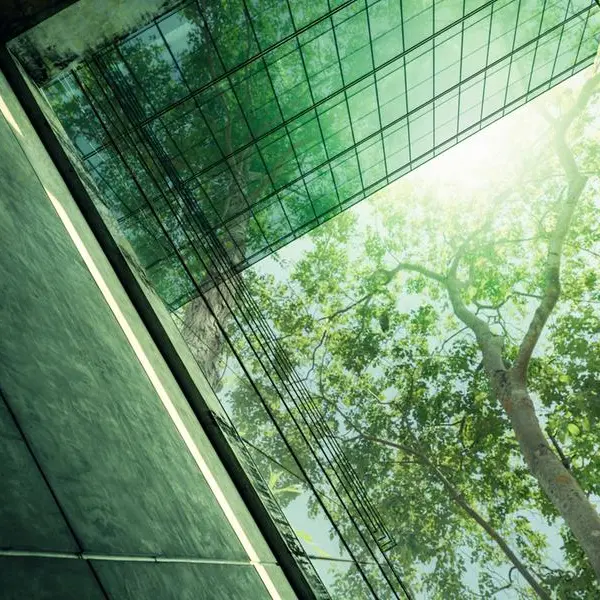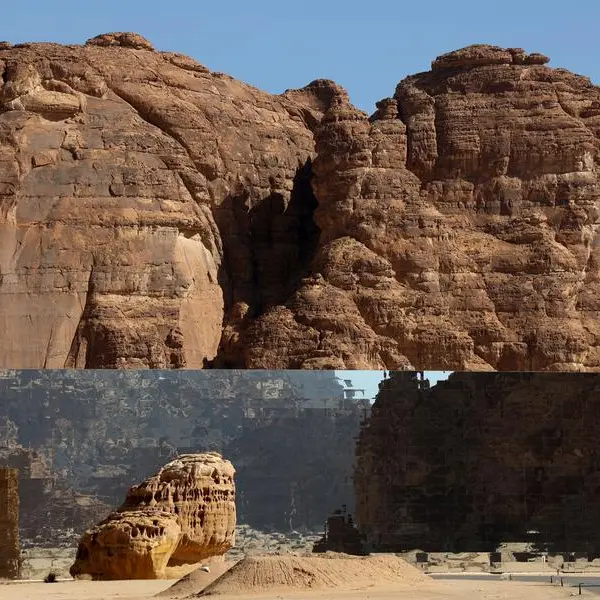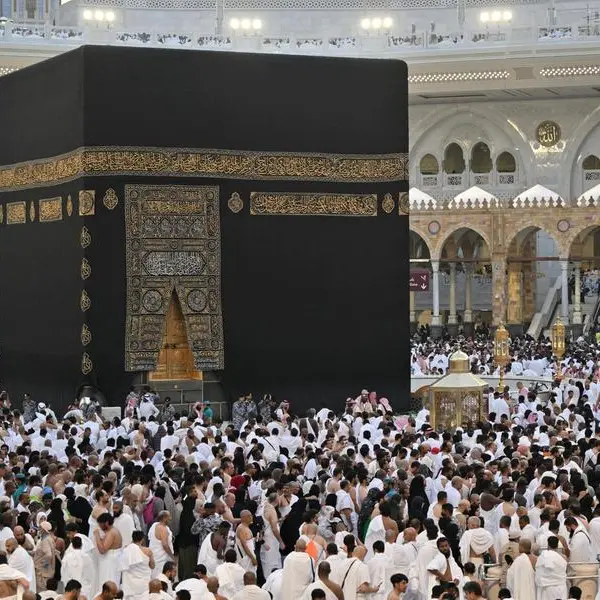PHOTO
CAIRO - Egypt has inaugurated a newly restored Ottoman mosque, built by the 16th century governor Suleyman Pasha al-Khadim, that lies within the citadel that has dominated Cairo's skyline for centuries.
The mosque, with 22 green-tiled domes and minbar (prayer niche) inlaid with renowned Iznik tiles, is Cairo's earliest Ottoman mosque, built in 1528 A.D., eleven years after the Ottoman army under Sultan Selim conquered Egypt from the Mamluk empire.
The 2,360-square metre mosque complex lies on the site of the Fatimid-era tomb of Sayed Sariya, built in 1140 A.D. and which still survives.
"To distinguish the Ottoman mosques, the minaret is usually pencil-shaped," said Mostafa Waziri, head of the Supreme Council of Antiquities. "The mosque consists of the prayer area, the vicinity, the Fatimid cemetery and the Kuttab (Quran school)."
The mosque, known as the Suleyman Pasha al-Khadim mosque and also the Sariya mosque, is inside Cairo's citadel. The citadel was built by the Muslim general Salah al-Din after he conquered Cairo from the Fatimids. A few years later Salah al-Din went on to conquer Jerusalem from the Crusaders.
The restoration took five years under the supervision of Egypt's Supreme Council of Antiquities and the military's Arab Organisation for Industrialisation.
(Reporting by Ahmed Fahmy and Amr Abdallah; Writing by Patrick Werr. Editing by Jane Merriman)
